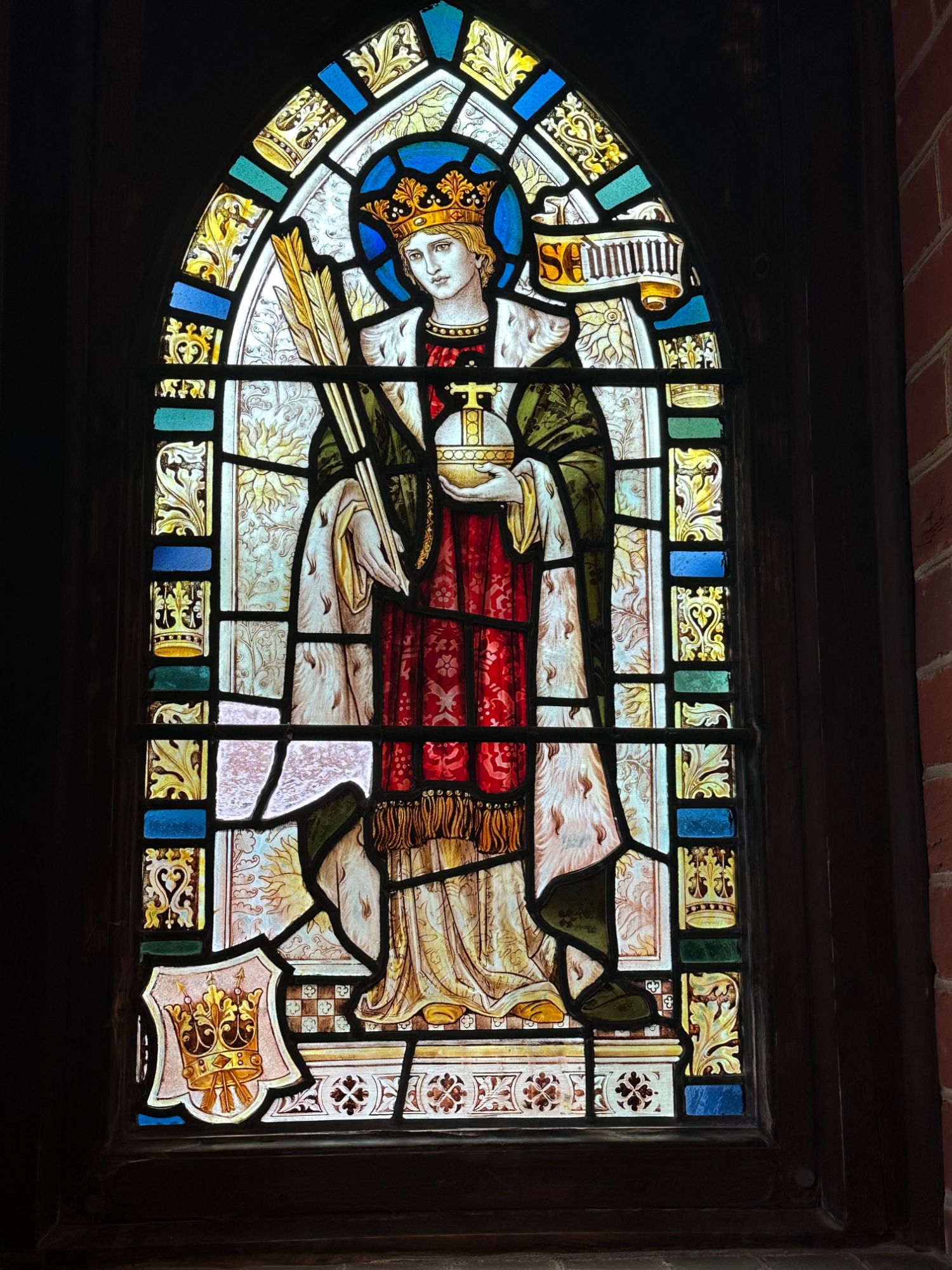Celebrating 'St. Edmund's Day' at St. Edmund's School.
.jpg)
As we approach the momentous occasion of our 150th year since we were founded, it is only fitting to reflect on our rich heritage and the significance behind our school's name. Globally observed on the 20th of November each year, 'St. Edmund's Day' pays homage to Edmund the Martyr (also known as St. Edmund or Edmund of East Anglia), who served as the king of East Anglia from around 855 until his demise on November 20, 869.
Edmund holds the esteemed patronage of kings, pandemics, the Roman Catholic diocese of East Anglia, Douai Abbey, wolves, torture victims, and protection from the plague.

The roots of St. Edmund's School trace back to its founding in Norfolk by the Rev. J. Morgan-Brown at Glebe House in Hunstanton, Norfolk. Edmund (841-870) was particularly revered as the local saint of Hunstanton. In his book 'Willingly to School: A History of St. Edmund's Hindhead,' published in 2000, Bernard Palmer notes that Edmund, a king of East Anglia, is believed to have landed at Hunstanton from Germany. He met his martyrdom at the hands of Danish invaders who sought to compel him, as a Christian, to share his kingdom with their Pagan chief, Inguar. Edmund was condemned to be the target of the Danes' archery practice, symbolised by the school's crown and arrows emblem, and ultimately beheaded. Tradition holds that his body was initially buried on the borders of Norfolk, an area steeped in memories of St. Edmund, making it a fitting name for the school that would soon grace its borders. The school remained in Norfolk until 1900 when it moved to Hindhead.
For those eager to delve deeper into the history of St. Edmund's take a look at our new timeline, chronicling the rich tapestry of our school.

